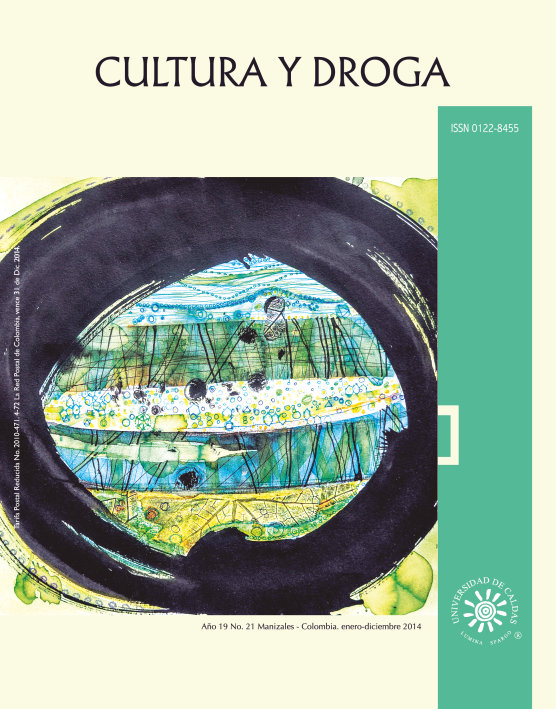Authors
Abstract
This article has as purpose to give account of how the American writer William Burroughs assumes aesthetically the problem of addictive consumption of drugs. To this end literary figures of two novels are used: Junkie and Naked Lunch, because in these works is where the problem of drugs intake is reflected on more emphatically. Through a tour of some aspects of the novels it is possible to uncover the ways in which the writer does constitute an aesthetic that can be called addiction. Description of the addicted routines, body transformations, and ghostly transformation of the addicts, allow generating forms that determine a lifestyle immersed in the world of drugs. Through authors like Katya Mandoki and André Leroi-Gourhan among others, it is possible to define lines that account for the aesthetic configuration and its relationship with drugs in the works of William Burroughs.
Keywords
References
Burroughs, W. (1997). Yonqui. Barcelona, España: Anagrama.
Burroughs, W. (1980). Almuerzo desnudo. Barcelona, España: Bruguera.
Deleuze, G. y Guattari, F. (2008) Mil mesetas. Capitalismo y esquizofrenia. Valencia, España: Pre-Textos.
Derrida, J. (1995). Retóricas de las drogas. Revista Colombiana de Psicología, 4, 33-44.
Guattari, F. (2008). La ciudad subjetiva y post-mediática: las polis reinventada. Cali, Colombia: Fundación Comunidad.
Leroi-Gourhan, A. (1971). El gesto y la palabra. Caracas, Venezuela: Universidad Central de Venezuela.
Mandoki, K. (2006). Estética de lo cotidiano y juegos de la cultura. Prosaica I. Madrid, España: Siglo XXI editores.
Mukarovsky, J. (2000). Signo, función y valor. Estética y semiótica del arte. Bogotá, Colombia: Plaza & Janés.
Sloterdijk, P. (2001). Extrañamiento del mundo. Valencia, España: Pre-Textos.
Vásquez Rocca, A. (2010). William Burroughs: literatura ectoplasmoide y mutaciones antropológicas. Del virus del lenguaje a la psicotopografía del texto. Nómadas, Revista de Critica de Ciencias Sociales y Jurídicas, 26, 6-16.

 PDF (Español)
PDF (Español)
 FLIP
FLIP

















